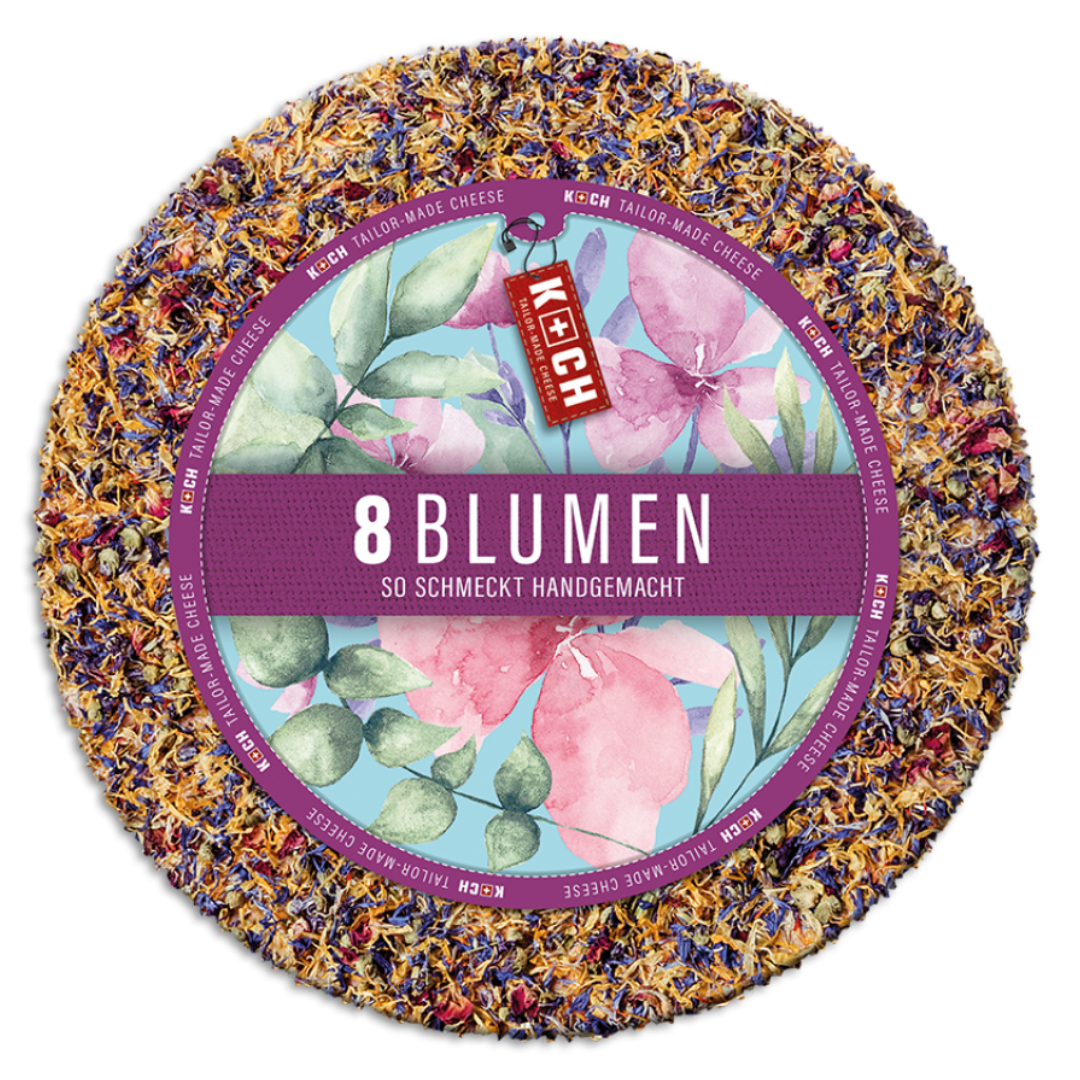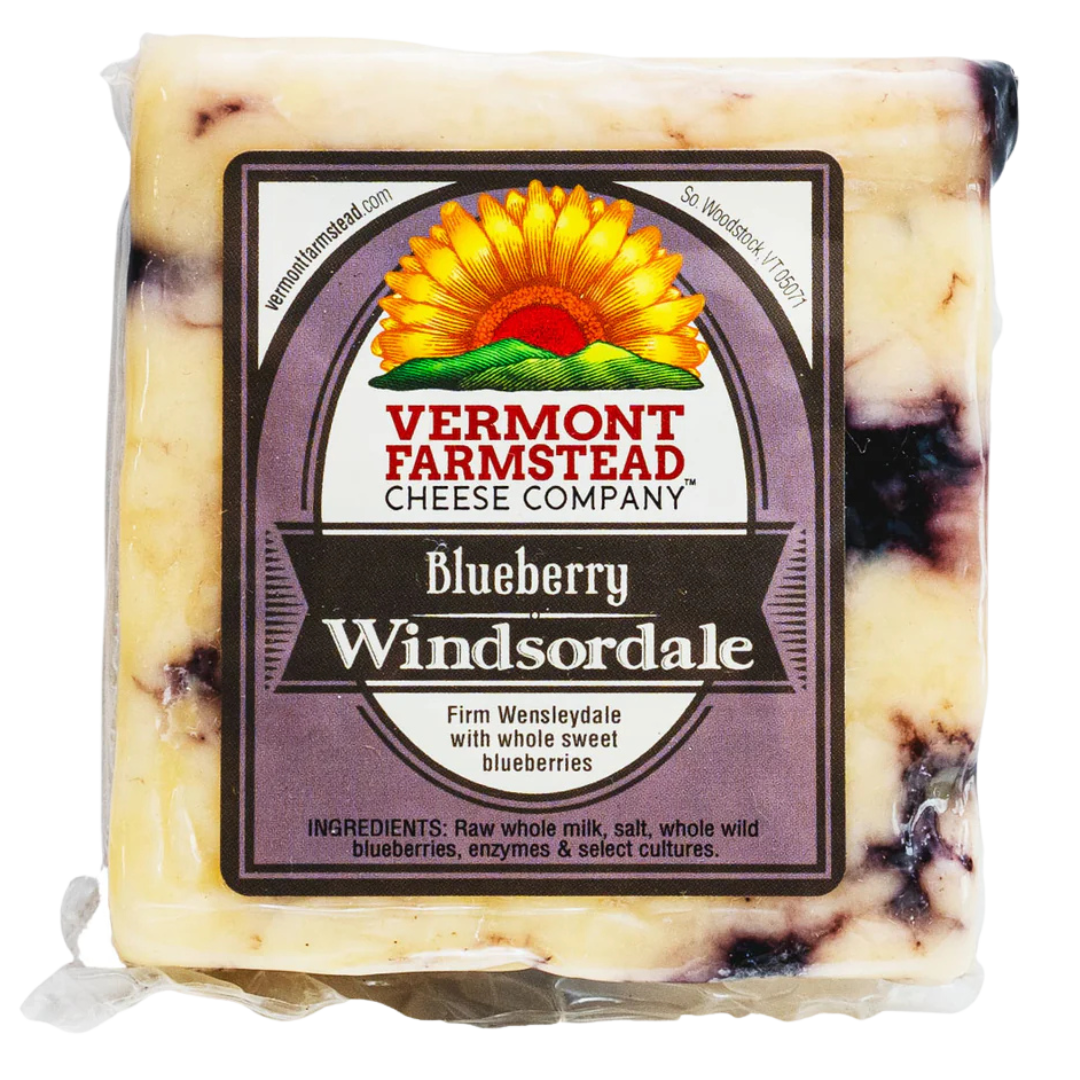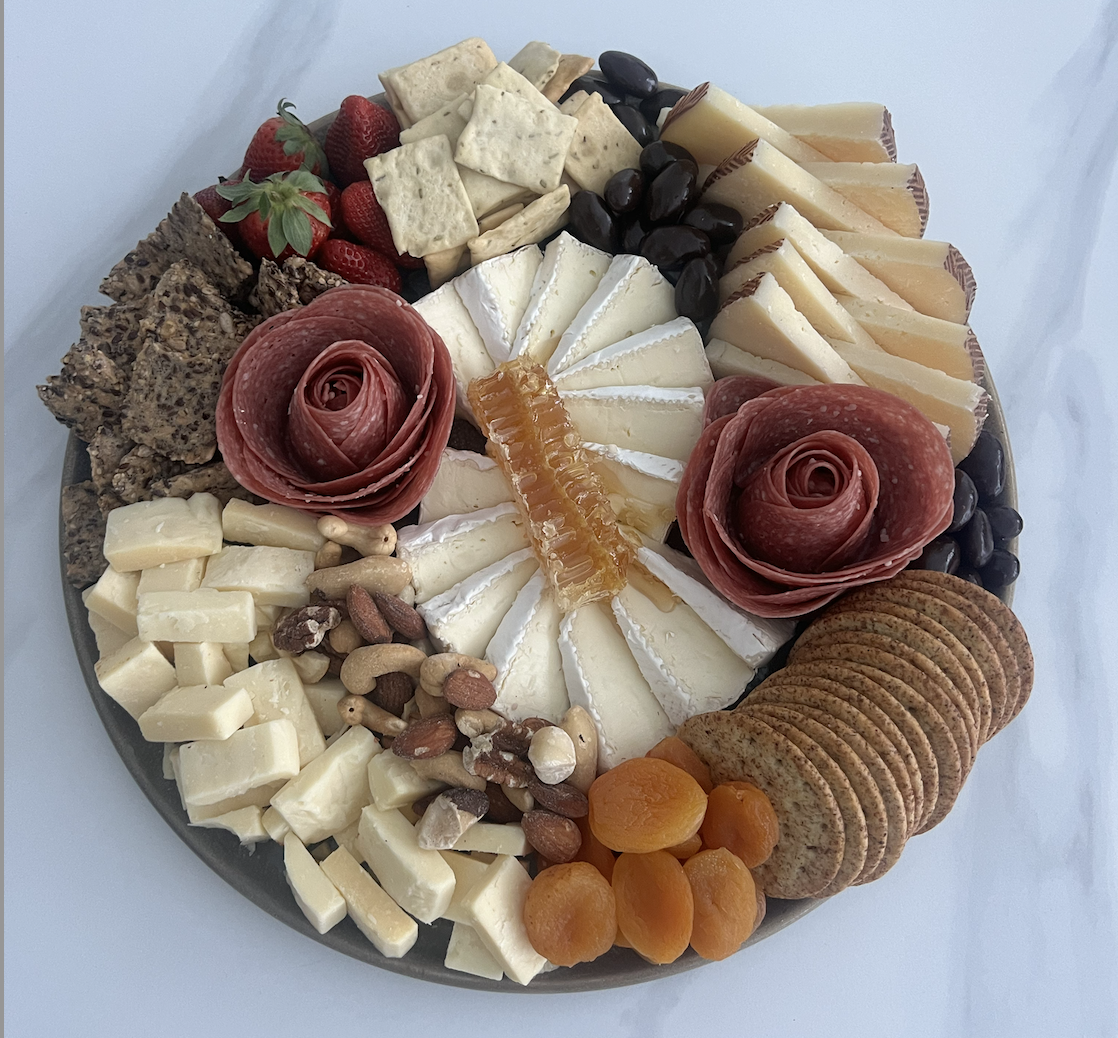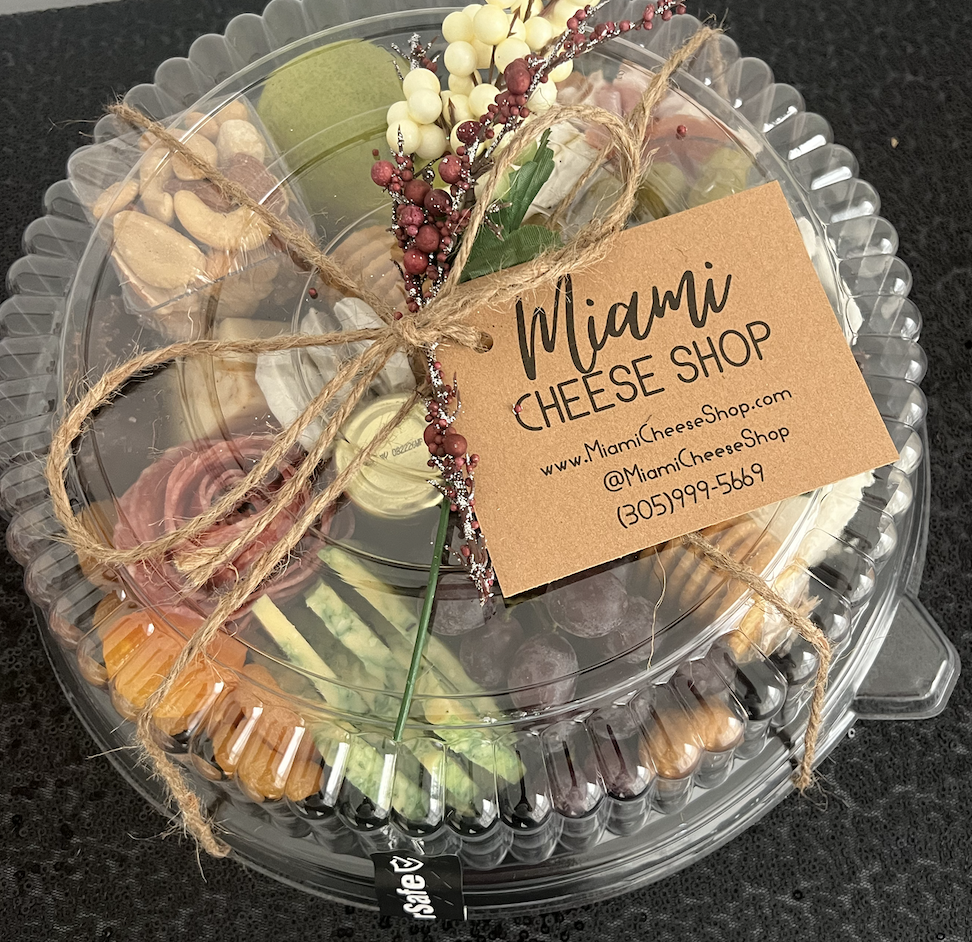 Image 1 of 4
Image 1 of 4

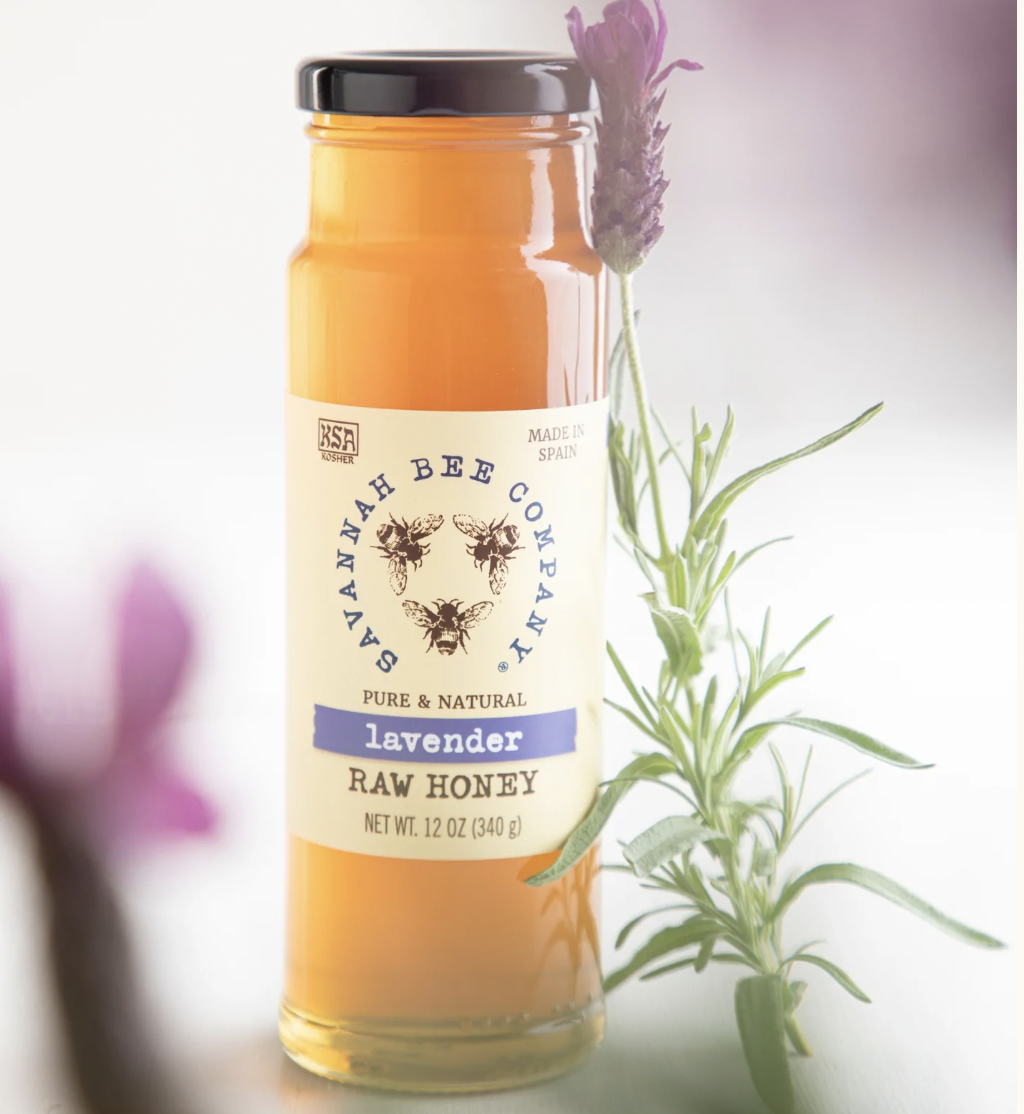 Image 2 of 4
Image 2 of 4

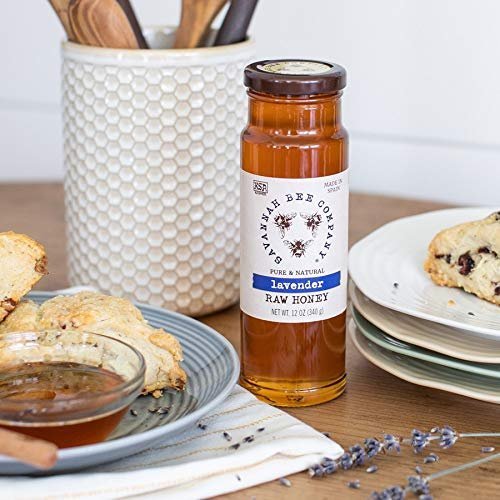 Image 3 of 4
Image 3 of 4

 Image 4 of 4
Image 4 of 4





Lavender Honey (Spain)
Many beekeepers believe lavender to be among the honeybee's favorite flowering species because of the relatively large amount of nectar it produces and the hardy nature of the plant.
Savannah Bee Company Lavender Honey is made from the nectar of Lavandula stoechas luisieri, which grows wild on the border between Spain and Portugal and blankets the mountainsides in purple flowers during the month of May.
Tasting Notes: Mild and subtly complex. Herbaceous and fruity with floral notes.
Pairings: Delicious with brie cheese, fruit‚ ice cream‚ and baked goods.
Region: Spain
KSA Kosher + Gluten freeThe National Institute of Health has found that free radicals are responsible for a variety of diseases which include, atherosclerosis, cancer, inflammatory joint disease, asthma, diabetes, senile dementia, and degenerative eye disease just to name a few. Of course, the process of biological aging has also been linked to the damage caused by free radicals.Here’s where honey, in general, comes in. All honey varieties contain molecules called antioxidants. In short, antioxidants counter the damaging action of free radicals. Just as different vitamins affect your body in different ways, different honey varieties have different combinations of antioxidants and will affect your body in different ways. Let’s take a look at some of the antioxidants found in Lavender honey.Lavender honey is rich in Tyrosine and Tyrosine is one of the primary amino acids in all types of honey. The human body uses Tyrosine to make neurotransmitters that may help prevent or treat certain conditions involving the brain. Taking it one step further, your body uses niacin, folic acid, vitamin C, and copper to convert tyrosine into many important protein substances. Among these are melanin, a skin pigment, and the hormone estrogen.Researchers have found that Lavender honey showed anti-fungal activity against Candida albicans, Candida krusei, and Cryptococcus neoformans. This study also concluded that perhaps Lavender honey could be used in the future as a natural remedy for a variety of mycotic (fungal) infections. That is important because fungi are becoming increasingly resistant to antifungal drugs as a result of over prescribing.Luteolin, another antioxidant found in Lavender honey, can help boost the immune system, promotes healthy blood glucose levels, and can protect the eyes from UV radiation. It neutralizes some free radicals and helps limit their effects.
There is one antioxidant that is ONLY found in honey. It is called pinocembrin. Some studies show that pinocembrin can protect the brain cells against the damage caused by Alzheimer’s disease.
Many beekeepers believe lavender to be among the honeybee's favorite flowering species because of the relatively large amount of nectar it produces and the hardy nature of the plant.
Savannah Bee Company Lavender Honey is made from the nectar of Lavandula stoechas luisieri, which grows wild on the border between Spain and Portugal and blankets the mountainsides in purple flowers during the month of May.
Tasting Notes: Mild and subtly complex. Herbaceous and fruity with floral notes.
Pairings: Delicious with brie cheese, fruit‚ ice cream‚ and baked goods.
Region: Spain
KSA Kosher + Gluten freeThe National Institute of Health has found that free radicals are responsible for a variety of diseases which include, atherosclerosis, cancer, inflammatory joint disease, asthma, diabetes, senile dementia, and degenerative eye disease just to name a few. Of course, the process of biological aging has also been linked to the damage caused by free radicals.Here’s where honey, in general, comes in. All honey varieties contain molecules called antioxidants. In short, antioxidants counter the damaging action of free radicals. Just as different vitamins affect your body in different ways, different honey varieties have different combinations of antioxidants and will affect your body in different ways. Let’s take a look at some of the antioxidants found in Lavender honey.Lavender honey is rich in Tyrosine and Tyrosine is one of the primary amino acids in all types of honey. The human body uses Tyrosine to make neurotransmitters that may help prevent or treat certain conditions involving the brain. Taking it one step further, your body uses niacin, folic acid, vitamin C, and copper to convert tyrosine into many important protein substances. Among these are melanin, a skin pigment, and the hormone estrogen.Researchers have found that Lavender honey showed anti-fungal activity against Candida albicans, Candida krusei, and Cryptococcus neoformans. This study also concluded that perhaps Lavender honey could be used in the future as a natural remedy for a variety of mycotic (fungal) infections. That is important because fungi are becoming increasingly resistant to antifungal drugs as a result of over prescribing.Luteolin, another antioxidant found in Lavender honey, can help boost the immune system, promotes healthy blood glucose levels, and can protect the eyes from UV radiation. It neutralizes some free radicals and helps limit their effects.
There is one antioxidant that is ONLY found in honey. It is called pinocembrin. Some studies show that pinocembrin can protect the brain cells against the damage caused by Alzheimer’s disease.

